Related Research Articles

A subtle body is a "quasi material" aspect of the human body, being neither solely physical nor solely spiritual, according to various esoteric, occult, and mystical teachings. This contrasts with the mind–body dualism that has dominated Western thought. The subtle body is important in the Taoism of China and Dharmic religions such as Hinduism, Buddhism, and Jainism, mainly in the branches which focus on tantra and yoga, where it is known as the Sūkṣma-śarīra. However, while mostly associated with Asian cultures, non-dualistic approaches to the mind and body are found in many parts of the world.
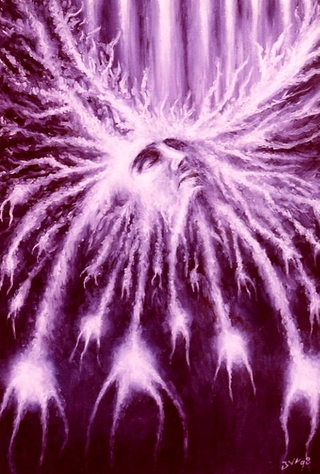
The astral body is a subtle body posited by many philosophers, intermediate between the intelligent soul and the mental body, composed of a subtle material. In many recensions the concept ultimately derives from the philosophy of Plato though the same or similar ideas have existed all over the world well before Plato's time: it is related to an astral plane, which consists of the planetary heavens of astrology. The term was adopted by nineteenth-century Theosophists and neo-Rosicrucians.

The astral plane, also called the astral realm or the astral world, is a plane of existence postulated by classical, medieval, oriental, and esoteric philosophies and mystery religions. It is the world of the celestial spheres, crossed by the soul in its astral body on the way to being born and after death, and is generally believed to be populated by angels, spirits or other immaterial beings. In the late 19th and early 20th century the term was popularised by Theosophy and neo-Rosicrucianism.
In esoteric cosmology, a plane is conceived as a subtle state, level, or region of reality, each plane corresponding to some type, kind, or category of being.

The Rosicrucian Fellowship (TRF) was founded in 1909 by Max Heindel with the aim of heralding the Aquarian Age and promulgating "the true Philosophy" of the Rosicrucians. It claims to present Esoteric Christian mysteries or esoteric knowledge, alluded to in Matthew 13:11 and Luke 8:10, to establish a meeting ground for art, religion, and science and to prepare the individual through harmonious development of the mind and the heart for selfless service of humanity.
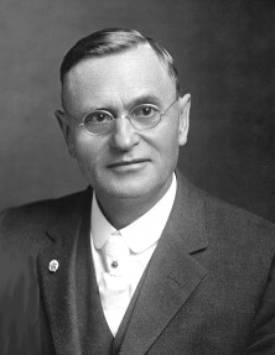
Max Heindel was a Danish American Christian occultist, astrologer, and mystic.
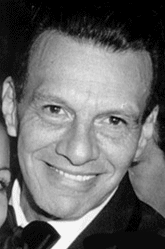
Samael Aun Weor, born Víctor Manuel Gómez Rodríguez, was a spiritual teacher and author of over sixty books of esoteric spirituality. He taught and formed groups under the banner of "Universal Gnosticism", or simply gnosis. A prolific author of syncretistic books, Gómez first made a name in the early gnostic movement in his native country of Colombia, before moving to Mexico in 1956, where his movement gained increased popularity, and his works became popular among practitioners of occultism and esotericism, and were translated to other languages.

Root races are stages in human evolution in the esoteric cosmology of theosophist Helena Petrovna Blavatsky, as described in her book The Secret Doctrine (1888). These races existed mainly on now-lost continents. Blavatsky's model was developed by later theosophists, most notably William Scott-Elliot in The Story of Atlantis (1896) and The Lost Lemuria (1904). Annie Besant further developed the model in Man: Whence, How and Whither (1913). Both Besant and Scott-Elliot relied on information from Charles Webster Leadbeater obtained by "astral clairvoyance". Further elaboration was provided by Rudolf Steiner in Atlantis and Lemuria (1904). Rudolf Steiner, and subsequent theosophist authors, have called the time periods associated with these races Epochs.

The Rosicrucian Cosmo-Conception or Mystic Christianity is a Rosicrucian text by Max Heindel, first published in 1909.
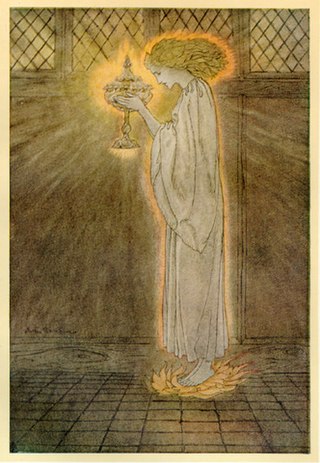
In neo-Theosophy, the etheric body, ether-body, or æther body is the subtle body propounded in esoteric philosophies as the first or lowest layer in the human energy field or aura. The etheric body is said to be in immediate contact with the physical body and to sustain it and connect it with "higher" bodies. It is also said to consist of a finer substance, more pure and composed of smaller particles, than the ordinary matter of the physical plane.
The etheric plane is a term introduced into Theosophy by Charles Webster Leadbeater and Annie Besant to represent the subtle part of the lower plane of existence. It represents the fourth [higher] subplane of the physical plane, the lower three being the states of solid, liquid, and gaseous matter. The idea was later used by authors such as Alice Bailey, Rudolf Steiner, Walter John Kilner and others.

A round, in the esoteric cosmology of Theosophy, Anthroposophy and Rosicrucianism, is a cosmic cycle or sequence by which an evolving reincarnating being passes through the various stages of existence as the Earth, the Solar System or the Cosmos comes into and passes out of manifestation.

Neo-Theosophy is a term, originally derogatory, used by the followers of Helena Blavatsky to denominate the system of Theosophical ideas expounded by Annie Besant and Charles Webster Leadbeater following the death of Madame Blavatsky in 1891. This material differed in major respects from Blavatsky's original presentation, but it is accepted as genuinely Theosophical by many Theosophists around the world.
The Causal body - originally Karana-Sarira - is a Yogic and Vedantic concept that was adopted and modified by Theosophy and from the latter made its way into the general New Age movement and contemporary western esotericism. It generally refers to the highest or innermost body that veils the atman or true Self.
The Guardian of the Threshold is a menacing figure that is described by a number of esoteric teachers. The term "Guardian of the Threshold", often called "Dweller on the Threshold", indicates a spectral image which is supposed to manifest itself as soon as "the student of the spirit ascends upon the path into the higher worlds of knowledge". The Guardian of the Threshold is also the title of the third play written by Rudolf Steiner in 1912.

Man: Whence, How and Whither, A Record of Clairvoyant Investigation, published in 1913, is a theosophical book compiled by the second president of the Theosophical Society (TS) - Adyar, Annie Besant, and by a TS member, Charles W. Leadbeater. The book is a study on early times on planetary chains, beginnings of early root races, early civilizations and empires, and past lives of men.

Theosophy is a religion established in the United States during the late 19th century. It was founded primarily by the Russian Helena Blavatsky and draws its teachings predominantly from Blavatsky's writings. Categorized by scholars of religion as both a new religious movement and as part of the occultist stream of Western esotericism, it draws upon both older European philosophies such as Neoplatonism and Asian religions such as Hinduism and Buddhism.

Thought-Forms: A Record of Clairvoyant Investigation is a theosophical book compiled by the members of the Theosophical Society A. Besant and C. W. Leadbeater. It was originally published in 1905 in London. From the standpoint of Theosophy, it tells opinions regarding the visualization of thoughts, experiences, emotions and music. Drawings of the "thought-forms" were performed by John Varley Jr., Prince, and McFarlane.
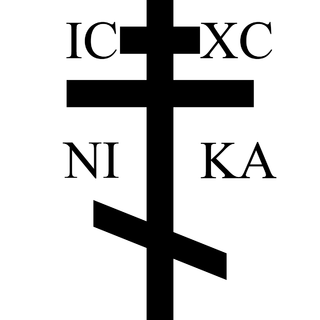
Christianity and Theosophy, for more than a hundred years, have had a "complex and sometimes troubled" relationship. The Christian faith was the native religion of the great majority of Western Theosophists, but many came to Theosophy through a process of opposition to Christianity. According to professor Robert S. Ellwood, "the whole matter has been a divisive issue within Theosophy."

Modern Theosophy has had considerable influence on the work of visual artists, particularly painters. Artists such as Wassily Kandinsky, Piet Mondrian, and Luigi Russolo chose Theosophy as the main ideological and philosophical basis of their work.
References
- ↑ Leadbeater, C. W., Man, Visible and Invisible, 1902
- ↑ Besant, Annie, Man and His Bodies, 1911
- ↑ Blavatsky, H.P., The Key to Theosophy , 1889
- ↑ Brennan, Barbara Ann, Hands of Light : A Guide to Healing Through the Human Energy Field (Mental body), Bantam Books, 1987
- ↑ Heindel, Max, The Rosicrucian Mysteries (Chapter IV: The Constitution of Man: Vital Body - Desire Body - Mind), 1911, ISBN 0-911274-86-3
- ↑ Heindel, Max, The Rosicrucian Cosmo-Conception (Chapter III: Man and the Method of Evolution), 1909, ISBN 0-911274-34-0
- 1 2 Samael Aun Weor. "Three Factors of the Revolution of the Consciousness" . Retrieved 2007-03-23.
- 1 2 Samael Aun Weor. "Jesus' Fourth Serpent". Archived from the original on 2007-03-19. Retrieved 2007-03-23.
- ↑ Samael Aun Weor. "Man and the Universe That Surrounds Him". Archived from the original on 2007-07-03. Retrieved 2007-03-23.